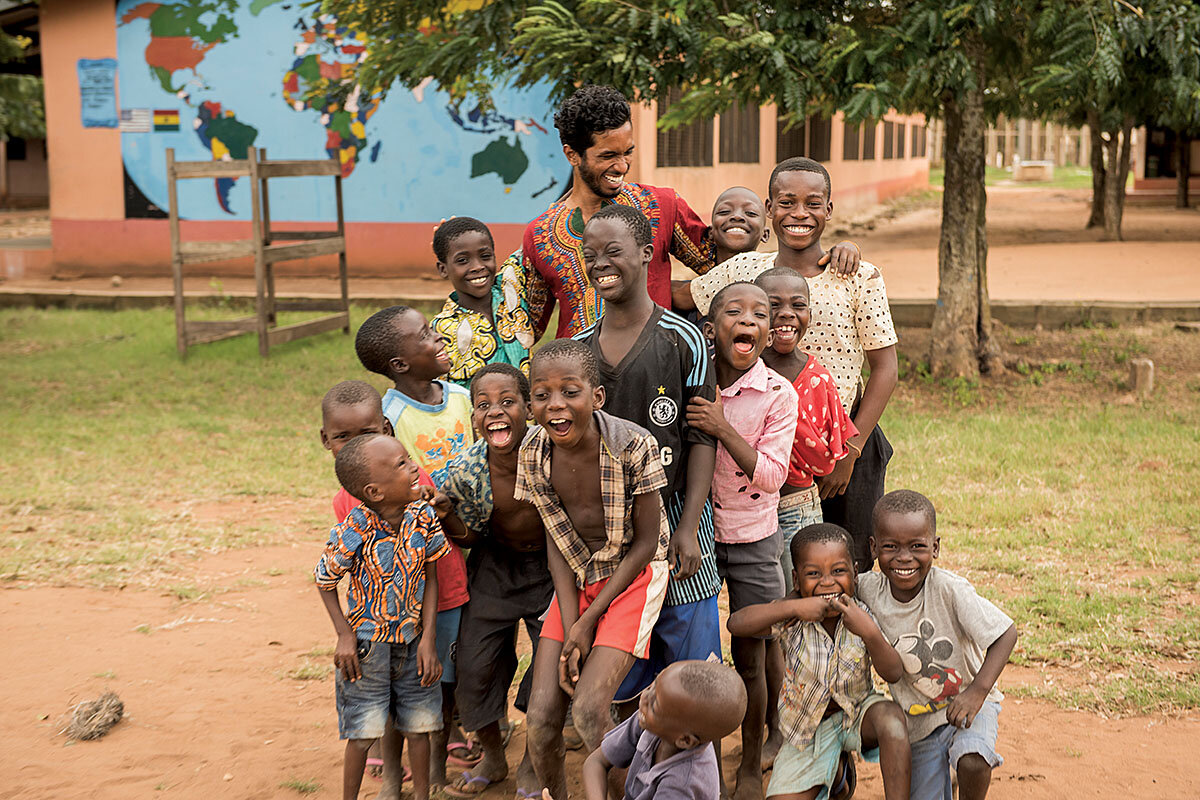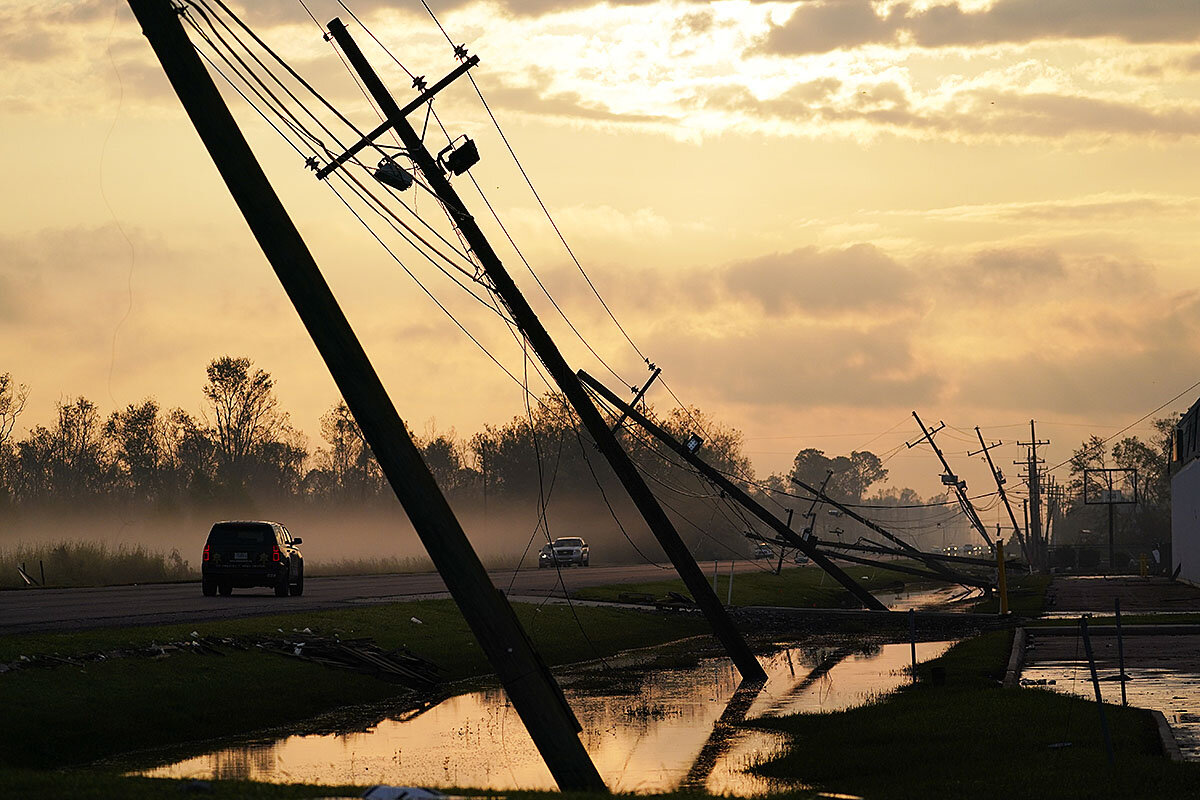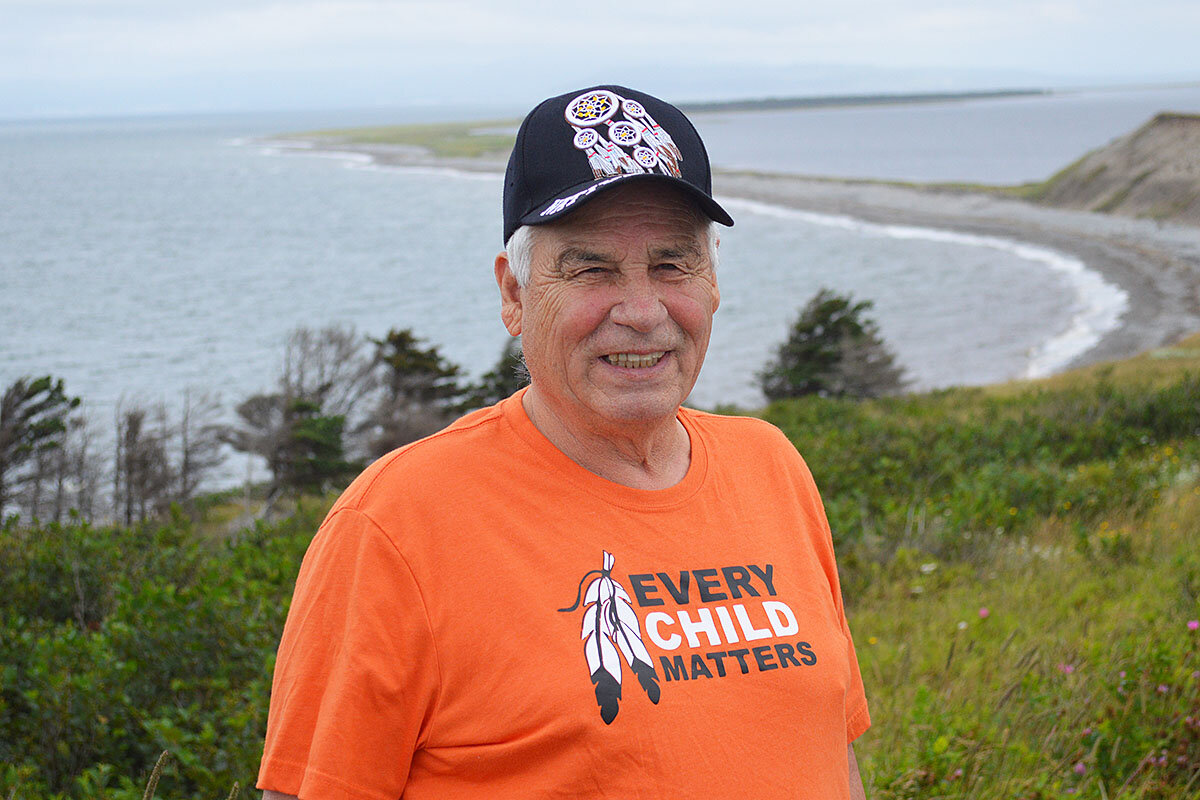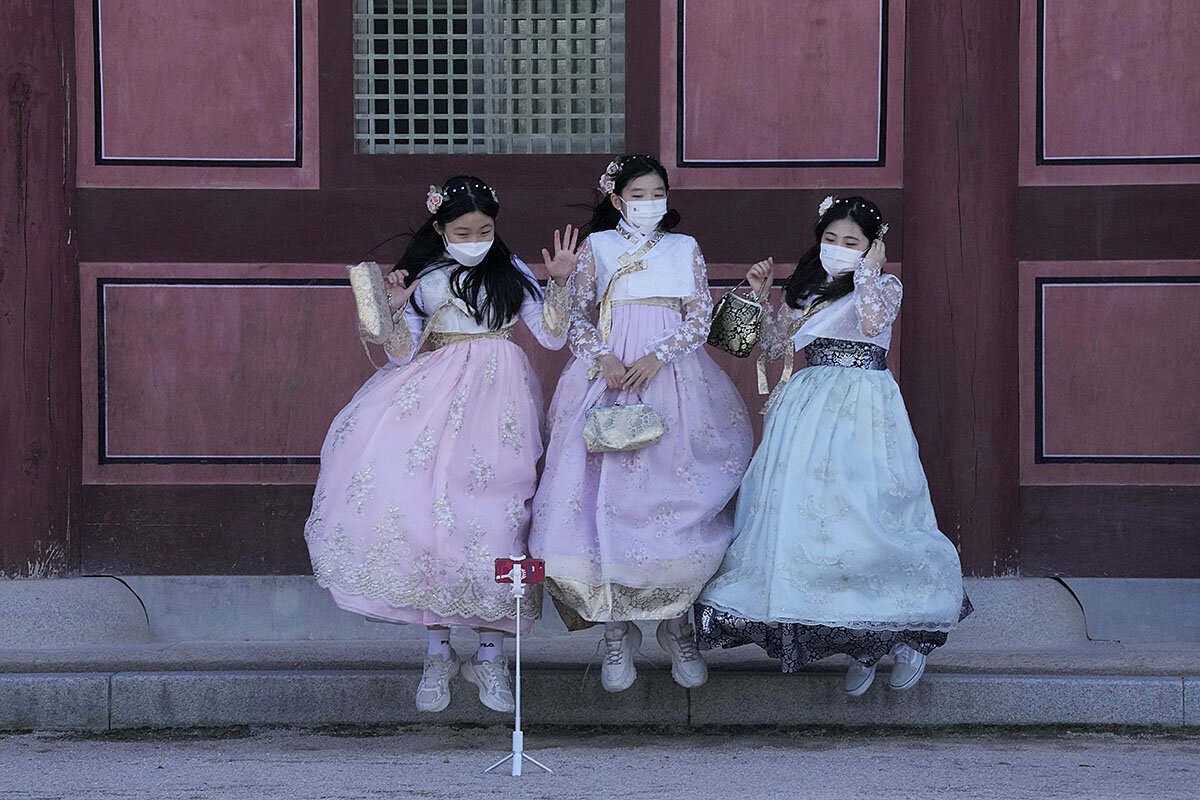For six decades, the Peace Corps has been an unusual American hybrid – part development aid, part cultural exchange, part gentle diplomacy. It’s been a program about community and connections. But is it still effective?
Monitor Daily Podcast
- Follow us:
- Apple Podcasts
- Spotify
- RSS Feed
- Download
 David Clark Scott
David Clark Scott
In the United States, California has led the way with an ambitious zero-emissions goal: By 2035, all new passenger cars and trucks bought in the state will be electric or hydrogen-powered. No fossil-fueled autos. Zero.
How’s it going? Well, progress on this lithium-ion-powered road trip is gradual. Just 9% of new car sales in the state are electric vehicles. Nationwide, the figure is about 2.5%. In China, it’s 12%.
But let’s take a look at Norway, which leads the world in this transition. This past month, 72% of all new car sales were electric vehicles. If you throw in hybrid cars (low emissions), that total jumps to 92% of new car sales.
How did Norway get so far down the road to zero emissions? Three decades of leadership choices, across the political spectrum. Yes, we’re talking about the “polluter pays” principle. Norway has high taxes on high-emission cars and low taxes on zero-emission cars. The polluting cars help to finance incentives to buy electric cars. Norway’s incentives include no sales taxes on electric vehicles, free access to bus lanes, and a 50% discount for EVs on toll roads, parking fees, and ferry tickets.
Most of the world is just starting the zero-emissions journey. But Norway has almost arrived. And that can give the rest of us hope.










